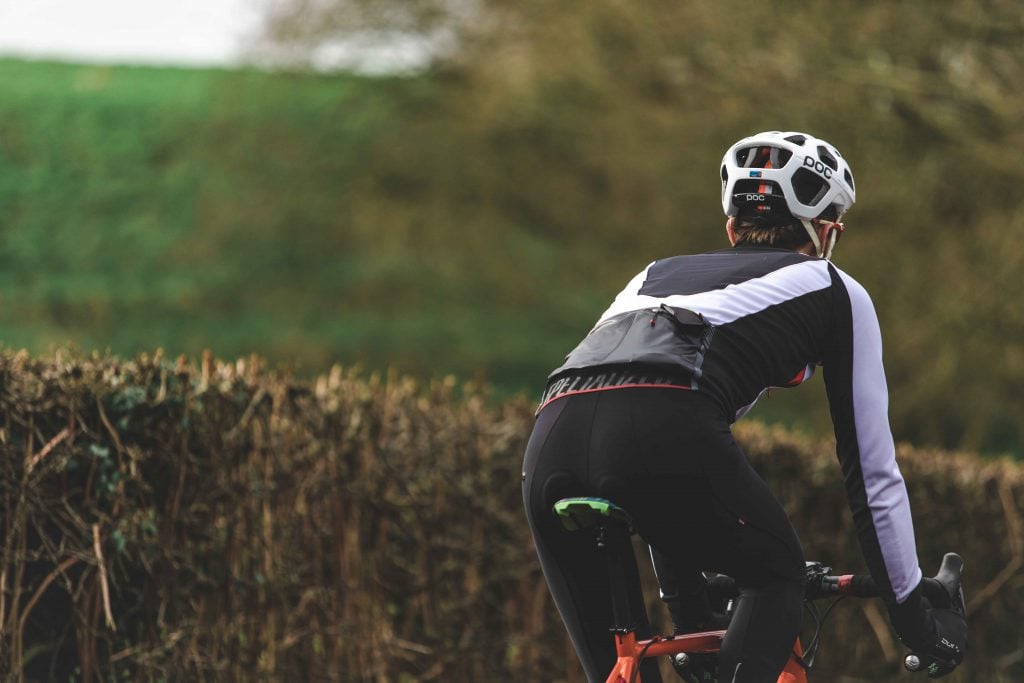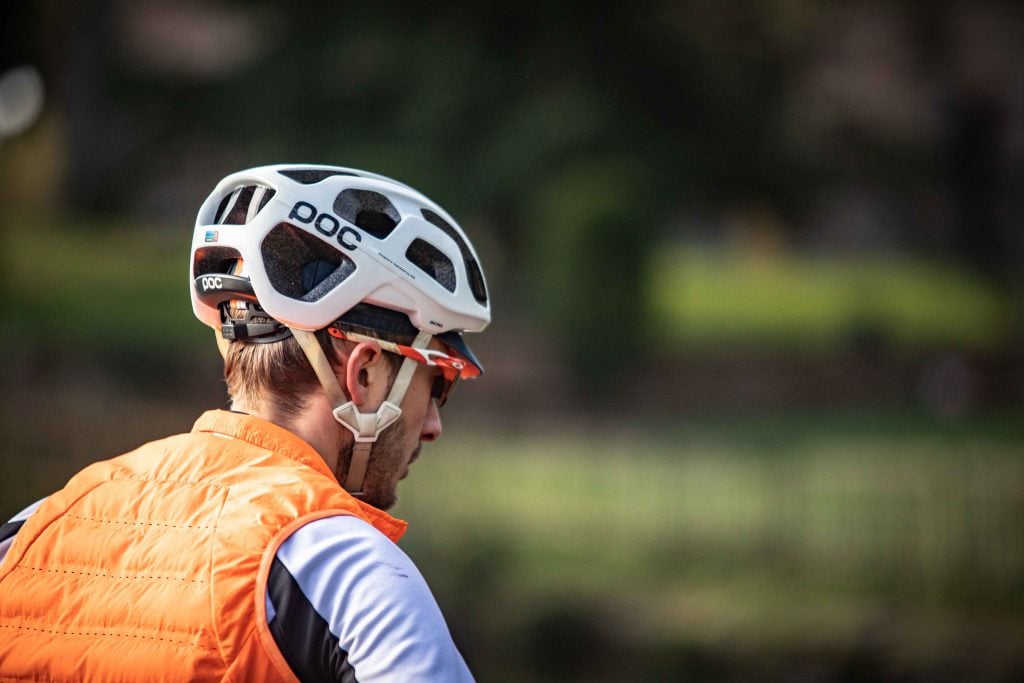More riding more better? Right? Often when you get into cycling you’re told the more miles you do, the faster you’ll become. The 10,000 hour rule, “miles make champions”, an logic older than bikes themselves that the harder you train, the quicker you’ll be. But how much truth is there in that? Does a lot of miles often leave you feeling deflated, un-motivated and lethargic? Overtraining could definitely be the case!
You could be getting ill more often, picking up injuries, struggling to sleep. All these things can be symptoms of overtraining. Among a lot of others. Improvement comes in waves and its never a straight shot to success. But one of the most important aspects of training is recovery. If you’re struggling to get the right amount of recovery through sleep, rest and nutrition, then overtraining syndrome could be right around the corner.

— HOW TO IMPROVE YOUR CYCLING BASE ENDURANCE —
OTS (overtraining syndrome) is very difficult to diagnose as it’s difficult to define. Up to 20 percent of elite athletes will experience it at some point in their athletic career. And it’s assumed the majority of these athletes will have coaches and specialists around to help them avoid it.
What Is OTS?
Before OTS an athlete may go through a period of extreme fatigue. This is quite common in athletes that have high volume training blocks, especially age group athletes that complete these alongside a hectic work and family schedule. With both mental and physical capacities at maximum, it often takes longer than usual for the body to reset to normal and the body can’t perform at maximum for a short time.
OTS can come with a lot of symptoms, but often manifests itself physically with a cold or flu like symptoms. But other symptoms range from sleepiness, reduced appetite, mood swings, frequent injury, longer lasting DOM’s, eating disorders and a reduced interest in training and racing.

— WHY YOU NEED A NEW BIKE FIT —
It’s important to remember that physical and mental stress from both in and out of training need to be considered in a training programme. If you’re going through a particularly tough period at work or home, then this will have an effect on your training. OTS can have negative effects both physically and mentally so it’s important to seek the right support.
How To Prevent OTS?
Keeping on top of rest and recovery is the best way to prevent OTS. As well as carefully monitoring your rate of perceived exertion from day to day training. This could come from stress scores in apps like training peaks, heart rate variability or your form on Strava. As well as assessing how you feel at the end of each training week.
If you’re struggling to get out of bed in the mornings it could be a sign that you need a few extra hours sleep instead of the early session. Listening to your body can be key in these times. Sure, you don’t have to miss training every day, but once in a while it can help.
— HOW TO FUEL YOUR LONG RIDE —
Also building in weeks of reduced volume and making sure they line up with quieter weeks outside of training is invaluable. A light training week isn’t as much use if you just replace the training load with stress from work as you won’t get the chance to recover.

If you’ve had a persistent cold, illness or unexplained niggle – it might be time to take a little bit of time off from training and focus on some other challenges. This can be helped with a shift in focus rather than completely resting, which can be hard to come to terms with!
As well as this it’s important to make sure you don’t compare your training programme to those around you. With the availability of data that recent years has brought, it’s easier than ever for us to see what athletes of all levels are up to. Everyone can handle a different volume and intensity, and this will change depending on personal circumstance. So making sure you do your own thing is important!
Maybe it’s finally time to put down the bike and grab yourself a beer!








